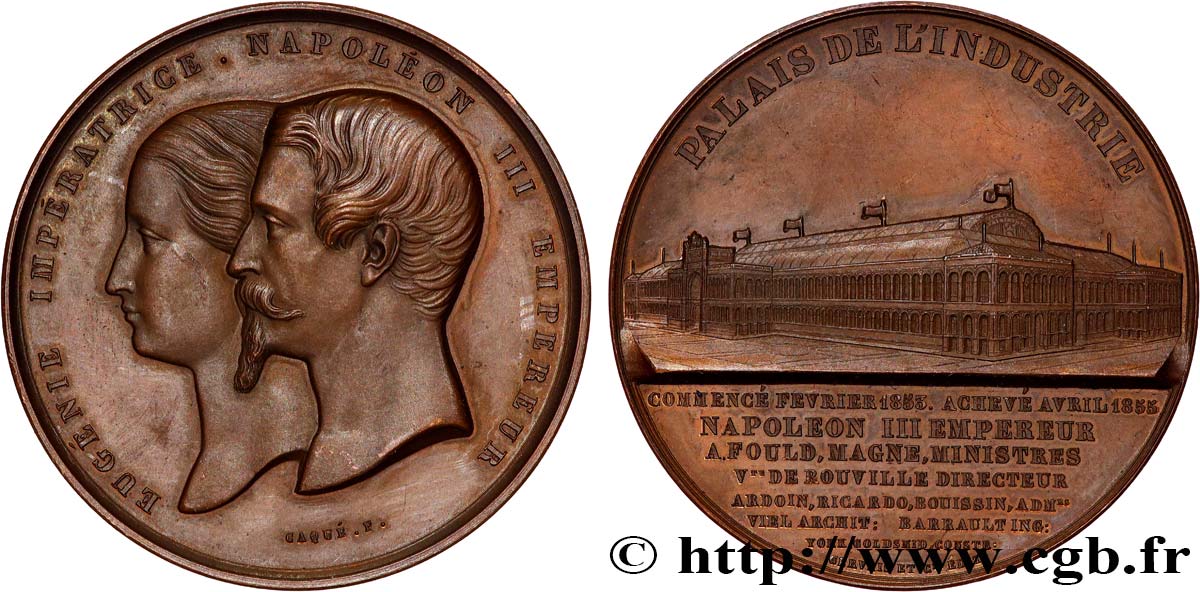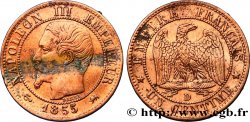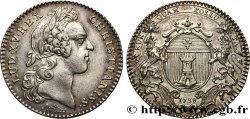Live auction - fme_891296 - SECONDO IMPERO FRANCESE Médaille, Napoléon III et Eugénie, Palais de l’Industrie
Devi Sign-in ed essere un offerente approvato fare un'offerta, Login per fare offerte. Conti sono soggetti ad approvazione e di approvazione sono raggiunti entro 48 ore. Non aspettare fino al giorno di una vendita si chiude per registrarti.Confermando la tua offerta su questo oggetto ti impegni ad un contratto legalmente vincolante per l'acquisto di questo prodotto e fare clic su «offerta» costituisce accettazione dei termini di utilizzo de live auctions cgb.fr.
Offerta deve essere collocato in euro gli importi interi vendita only.The si chiuderà al momento sulla descrizione dell'oggetto, eventuali offerte pervenute al sito dopo l'orario di chiusura non verranno eseguite. Volte transmition possono variare e le offerte potrebbero essere respinto se si attende per gli ultimi secondi. Per ulteriori informazioni ckeck le FAQ Live auction.
Le offerte vincenti saranno sottomesse ai 18% per spese di compartecipazione alla vendita.
Le offerte vincenti saranno sottomesse ai 18% per spese di compartecipazione alla vendita.
| Valutazione : | 100 € |
| Prezzo : | 56 € |
| Offerta maxima : | 71 € |
| Data di fine vendita : | 13 febbraio 2024 17:30:09 |
| partecipanti : | 2 partecipanti |
Tipo : Médaille, Napoléon III et Eugénie, Palais de l’Industrie
Data: 1855
Nome della officina / città: 75 - Paris
Metallo : rame
Diametro : 50 mm
Asse di coniazione : 12 h.
Incisore CAQUÉ Armand Auguste (1795-1881)
Peso : 61,36 g.
Orlo : Lisse + main CUIVRE
Marchio : main indicatrice (1845-1860) et CUIVRE
Commenti sullo stato di conservazione:
Patine marron hétérogène, présentant quelques marques d’usure sur les hauts reliefs. Traces de manipulation dans les champs. Petite usure
N° nelle opere di riferimento :
Diritto
Titolatura diritto : EUGÈNIE IMPÉRATRICE. NAPOLÉON III EMPEREUR.
Descrittivo diritto : Bustes accolés d’Eugénie et Napoléon III; signé : CAQUE. F. / GRAVEUR DE S.M.L’EMPEREUR.
Rovescio
Titolatura rovescio : PALAIS DE L’INDUSTRIE, (LÉGENDE SUPÉRIEURE); COMMENCE 10 FÉVR : 1853. ACHEVÉ AVRIL 1855. / NAPOLÉON III EMPEREUR / A. FOULD, CTE DE PERSIGNY, MAGNE / MINISTRES. / VTE DE ROUVILLE DIRECTEUR. / ARDOIN, RICARDO, BOUISSIN ADMIN / VIEL ARCHIT: BARRAULT ING / GERVAIS ET CNE EDIT., (EN 8 LIGNES À L’EXERGUE).
Descrittivo rovescio : Vue axonométrique sur le Palais de l’industrie.
Commento
L’exposition universelle fut décrétée pour le 15 mai 1855 pour témoigner au monde entier de la prospérité de la France, suite à l’exemple de l’Angleterre en 1851. Napoléon III inaugura cette première exposition universelle française en déclarant : “j’ouvre avec bonheur ce temple de la paix qui convie tous les peuples à la concorde”.
Le palais de l’industrie étonna par sa construction métallique et la hardiesse de la nef centrale haute de 35 mètres. Construit de 1853 à 1855, sur les plants de l’architecte Jean-Marie VIel (1797-1863), il forme un parallélogramme de fonte et de verre à deux étages, dont les façades principales ont 252 mètres de long, et les façades latérales 108 mètres. Il est composé d’un pavillon central et de pavillons d’angle. L’entrée principale se compose d’une immense arcade, flanquée de chaque côté de colonnes corinthiennes et surmontées d’une attique que décorent un bas-relief.
Le palais subsistera jusqu’en 1900 pour ensuite être démoli et remplacé par les Petit et Grand Palais actuels construits pour l’Exposition Universelle de Paris en 1900.
Source : Médailles de Napoléon III, Hess Divo.
The Universal Exhibition was decreed for May 15, 1855, to demonstrate to the world the prosperity of France, following the example of England in 1851. Napoleon III inaugurated this first French Universal Exhibition by declaring: “I open with joy this temple of peace which invites all peoples to concord.” The Palace of Industry astonished with its metallic construction and the boldness of the 35-meter-high central nave. Built from 1853 to 1855, on the plans of the architect Jean-Marie VIel (1797-1863), it forms a parallelogram of cast iron and glass on two floors, the main facades of which are 252 meters long, and the side facades 108 meters. It is composed of a central pavilion and corner pavilions. The main entrance consists of a huge arcade, flanked on either side by Corinthian columns and topped by an attic decorated with a bas-relief. The palace remained in existence until 1900, when it was demolished and replaced by the current Petit and Grand Palais, built for the 1900 Paris World's Fair. Source: Medals of Napoleon III, Hess Divo
Le palais de l’industrie étonna par sa construction métallique et la hardiesse de la nef centrale haute de 35 mètres. Construit de 1853 à 1855, sur les plants de l’architecte Jean-Marie VIel (1797-1863), il forme un parallélogramme de fonte et de verre à deux étages, dont les façades principales ont 252 mètres de long, et les façades latérales 108 mètres. Il est composé d’un pavillon central et de pavillons d’angle. L’entrée principale se compose d’une immense arcade, flanquée de chaque côté de colonnes corinthiennes et surmontées d’une attique que décorent un bas-relief.
Le palais subsistera jusqu’en 1900 pour ensuite être démoli et remplacé par les Petit et Grand Palais actuels construits pour l’Exposition Universelle de Paris en 1900.
Source : Médailles de Napoléon III, Hess Divo.
The Universal Exhibition was decreed for May 15, 1855, to demonstrate to the world the prosperity of France, following the example of England in 1851. Napoleon III inaugurated this first French Universal Exhibition by declaring: “I open with joy this temple of peace which invites all peoples to concord.” The Palace of Industry astonished with its metallic construction and the boldness of the 35-meter-high central nave. Built from 1853 to 1855, on the plans of the architect Jean-Marie VIel (1797-1863), it forms a parallelogram of cast iron and glass on two floors, the main facades of which are 252 meters long, and the side facades 108 meters. It is composed of a central pavilion and corner pavilions. The main entrance consists of a huge arcade, flanked on either side by Corinthian columns and topped by an attic decorated with a bas-relief. The palace remained in existence until 1900, when it was demolished and replaced by the current Petit and Grand Palais, built for the 1900 Paris World's Fair. Source: Medals of Napoleon III, Hess Divo








 Segnalare un errore
Segnalare un errore Stampate la pagina
Stampate la pagina Condividi mia selezione
Condividi mia selezione Fai una domanda
Fai una domanda Consegnare / vendere
Consegnare / vendere
 Descrittivo
Descrittivo










